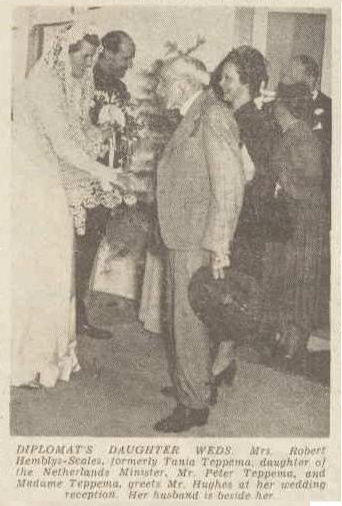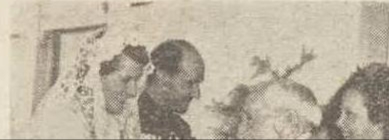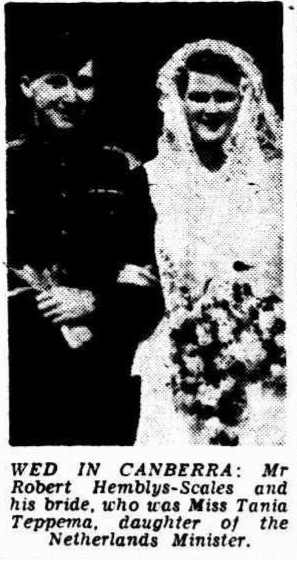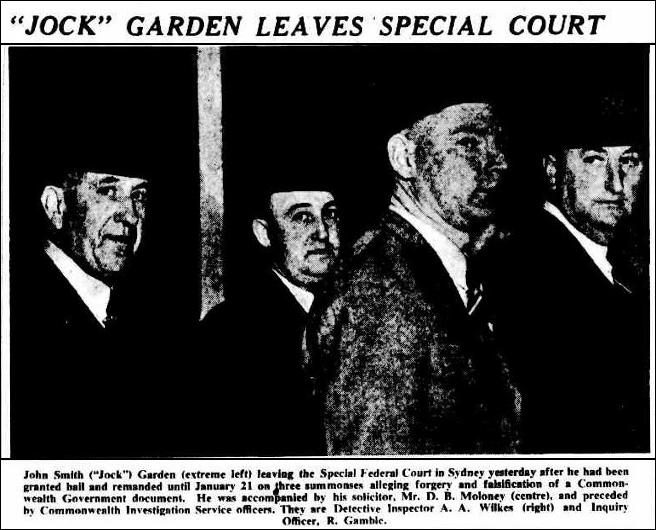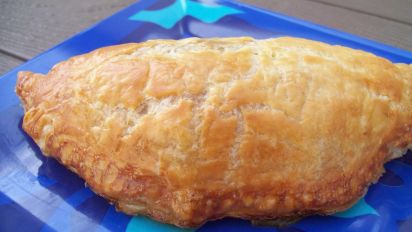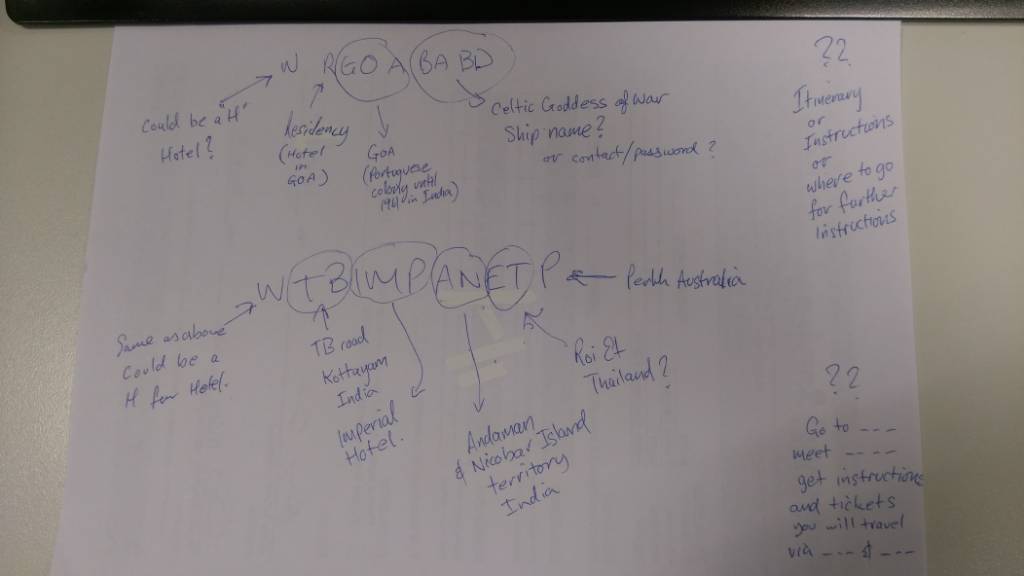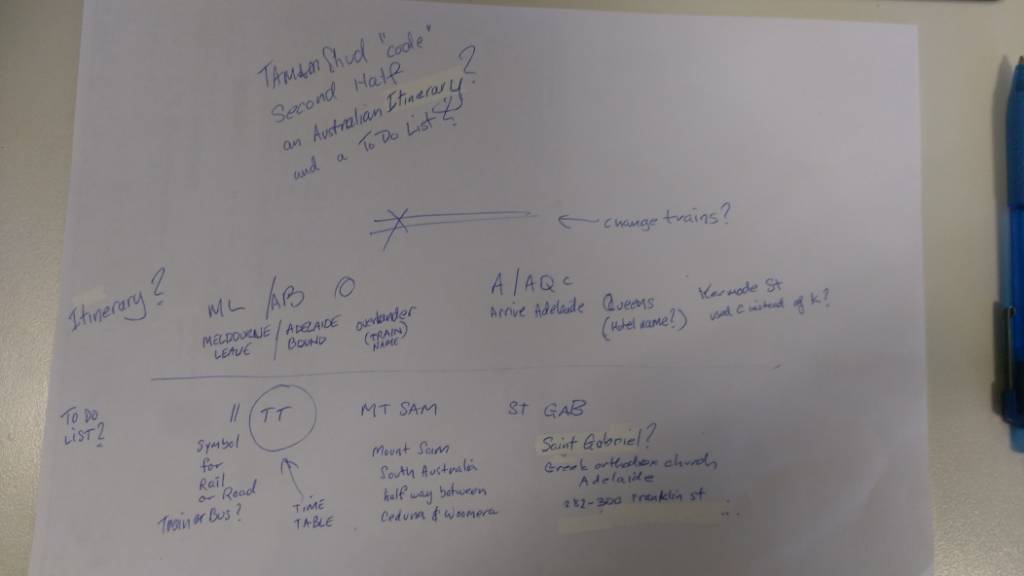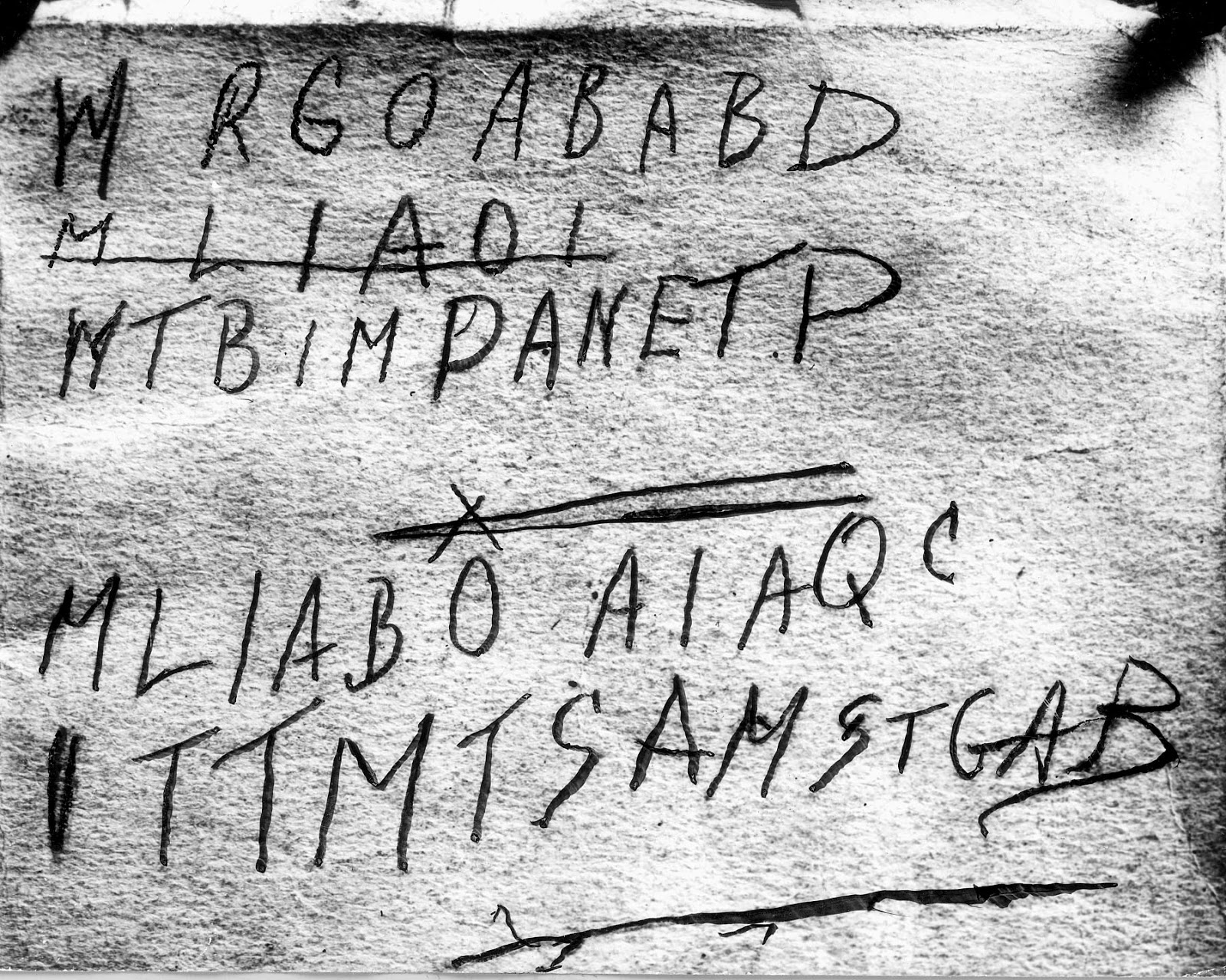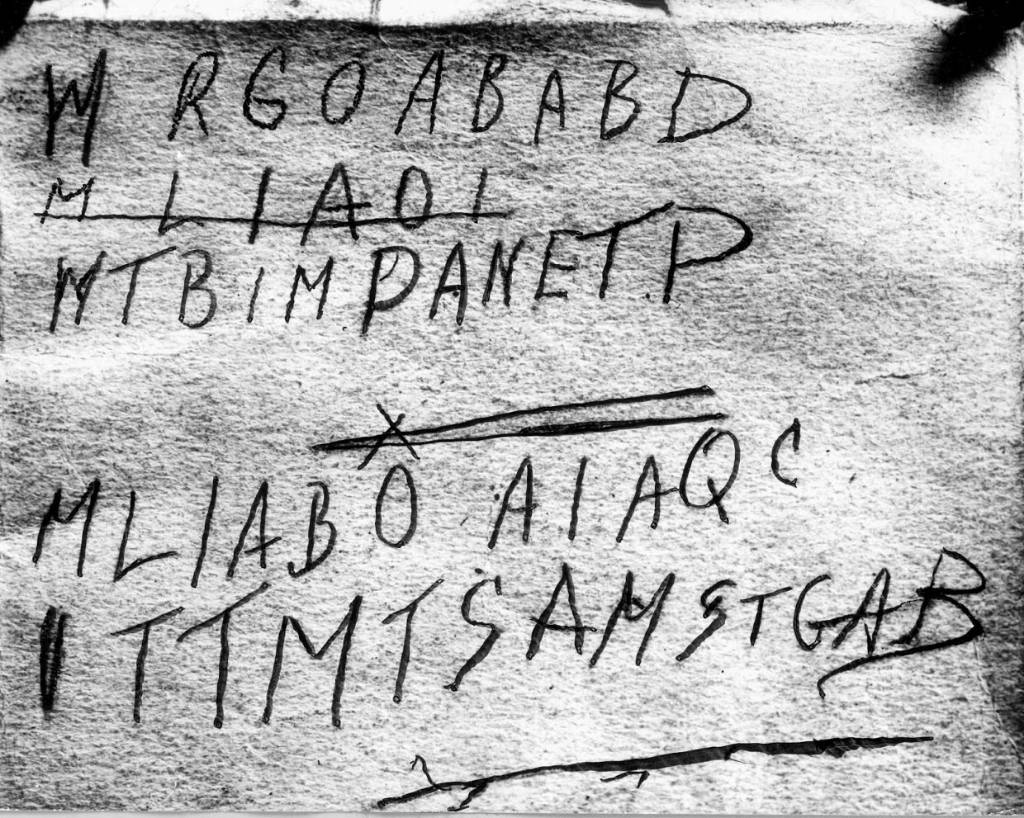- Oct 12, 2017
- 9,260
- 28,362
- AFL Club
- Fremantle
Good stuff.
1. I did a series of posts on Clive's interviews over the past few years, we had discussed the questions in advance and the question regarding a second body was definitely put to him but he deflected it. I'll dig out the links to the relevant posts if you like or can just copy and paste.
2. I really don't know much about Prosper's financial situation, it could be that he had been given some sort of guarantee of funding to that amount? I find it curious that this was just 4 days prior to the SM incident.
3. Paul is a good man, old school. He maintains that the original bust was destroyed despite discussing a second bust with his director. He may have fragments and hair samples. Incidentally, some years ago I had a discussion about the bust with Derek and convinced him that there may just be DNA in the hairs that were visible in some of the images. Eventually, he was convincedBack to Paul, in one interview he confirmed that he didn't actually make the mold of the man's face, he used photographs from the Police to model it.
4. On the issue of Barbiturates, the hesitation, from what I read, was in the discussion of solid versions versus an injection. I would suggest that we should be mindful of the fact that numerous poisons and variations were being actively developed by all sides, it is quite possible that given we are dealing with an espionage case, then there is a distinct possibility that one of those poisons was used.
5. Not that familiar with the Magnason case so can't really comment on that.
6. PC Moss was also a good man, he did the best job he could in my view. He wasn't invincible and many cases I was involved with, errors of one sort or another were relatively common. So whilst Constable Moss searched the body, for example, he separately said that he searched the clothing. The latter would indicate that he carried out that search in the morgue. One statement he made was that he had not compared the part smoked cigarette with those in the packet. That was a critical error in my view. However, he volunteered the information which is a mark of the man he was. Notably, no one else took the trouble to compare the part smoked cigarette with the packet ones either. If they had done they may have found traces of a poison but we will never know that. It does leave it open as an option though some poisons work well as fumes. It is possible that the exhumation and subsequent examination of the body may just reveal more than the DNA, I would hope so.
Here's a link to what I call the store, I have a collection of a number of documents and images that may be of use, please feel free to access them. I have other documents that I need to sort out and when I do I will make them available if they're of interest:
SM_TheStore - Google Drive
drive.google.com
This link is to a set of papers regarding KGB networks in Australia from 1944 to 1950, a bit disjointed in parts but there is a stack of useful information:
Mr Paul Lawson seemed thorough and very good at his job.
In his pages of his diary that you have is one mention of "Ring from Constable Dinham (sp?) re disposal of original body."
I've seen other notes from his Diary somewhere talking about the "second body" as well.

However there is mention of making a "wax dental". Did Mr Lawson make a wax dental impression of SM's very unique teeth? Remembering dental records were usually the only means of identifying unknown bodies at the time, I guess he did.
So where is this "wax dental"?






